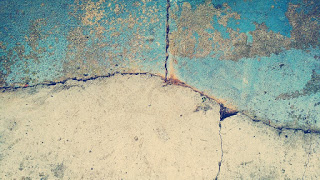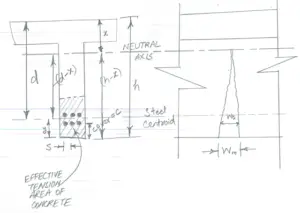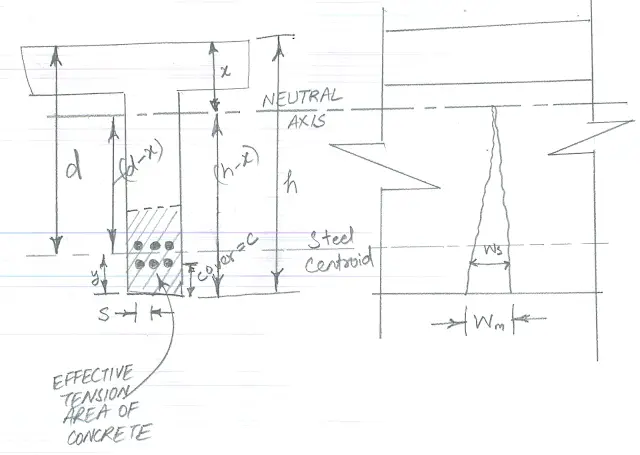Use of Fly ash in Concrete & Its Benefits and Effects

A pozzolana is a natural or artificial material containing silica in a reactive form. By themselves, pozzolanas have little or no cementitious value. However, in a finely divided form and in the presence of moisture they will chemically react with alkalis to form cementing compounds. Fly ash has little cementing property when only water is … Read more





